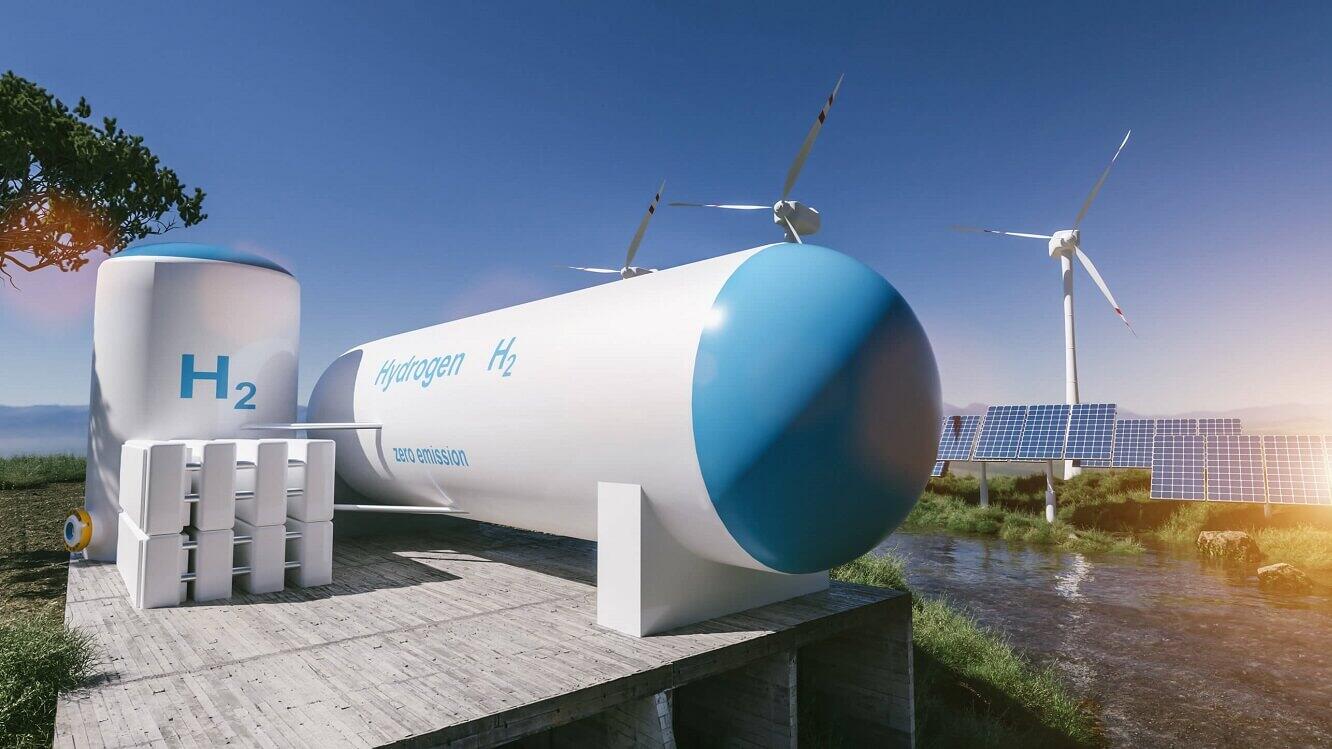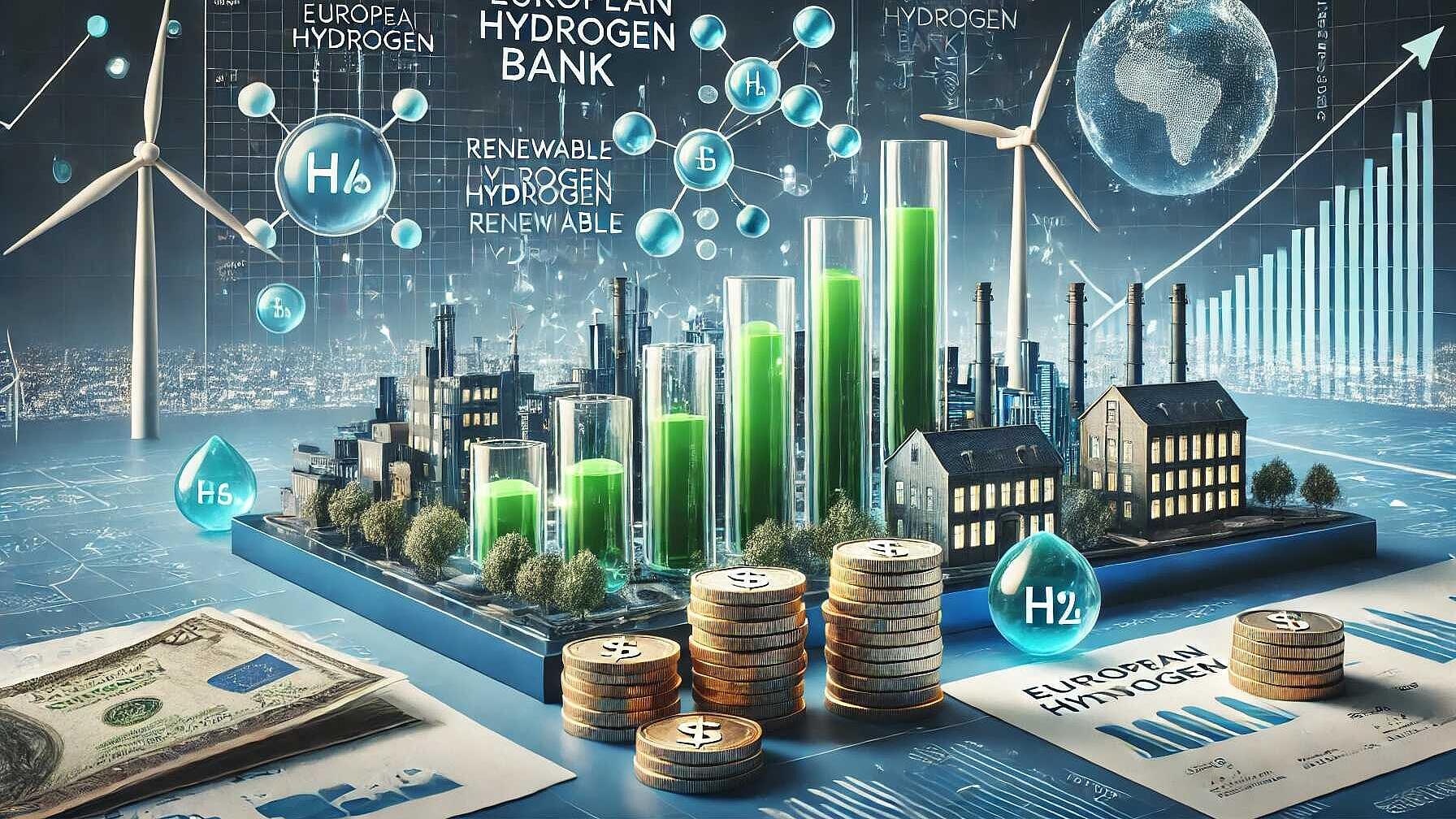 Energy Infrastructure
Energy InfrastructureWhy would you use hydrogen for power generation?
Summary
SSE and Equinors plan to build a hydrogen power station in the UK. To help navigate this topic I have provided a guide to hydrogen colours. It does not seem to make too much sense to use electricity to make hydrogen to then convert it back to electricity again. But there may be some good reasons which I have outlined below. In the future hydrogen may be generated at the source of the methane gas. And instead of transporting liquid gas such as LNG, the clean hydrogen is transported instead. hydrogen generation via fuel cell or turbine will likely be far more flexible than a plant operating with carbon
carbon capture. There are also hazards associated with it - potentially moving a plant from something which can operate largely autonomously to more of a chemical plant with associated risks. All of which remain largely unknown in the future and make it difficult to predict where the market will head to. the market will be a direct competitor for hydrogen. to hydrogen.
Open full article
Why would you use hydrogen for power generation?
This question has puzzled me quite a bit and when I recently asked it of my LinkedIn network the post quickly shot up to well over 15,000 views in a couple of days as the debate raged on in the comments . Unfortunately, with such feeds on LinkedIn the true insight can get lost in the fog of comments and so I thought I would share a summary in a blog.
The discussion was triggered by SSE and Equinor’s announcement of a plan to build a hydrogen power station in the UK.
To help navigate this topic I’ve provided a guide to hydrogen colours here. Authors on this topic often assume that the average reader knows the difference between turquoise, pink, blue and green hydrogen – most of the time I can’t remember so I don’t see why you should!
My question was particularly focused on why you would make blue hydrogen (hydrogen made from methane gas, with the carbon dioxide captured and stored underground) or green hydrogen (made from renewable electricity) to then combust it in a power station – when you could just burn methane in a traditional power station and capture the carbon dioxide after the event. It doesn’t seem to make too much sense to use electricity to make hydrogen to then convert it back to electricity again however it seems there may be some good reasons which I’ve outlined below.
- Pre vs Post Combustion Capture
Although post combustion carbon capture is possible its not 100% perfect. There are some useful descriptions of the different technologies from the US Department of Energy. To make CCS work the flue gas from the power station needs to be cleaned and then compressed (as it pretty much comes out at atmospheric pressure). The process also requires quite stable conditions – so the power station needs to be running in a steady state and not rapidly ramping up or down. Pre-combustion capture will likely be cleaner over all – as the process is simpler and doesn’t involve the addition of other pollutants such as NOx from the combustion process. It is however a very energy intensive way of going about it and so the economics would all need to stack up to make it competitive against other technologies.
- Equipment
Studies have looked at using exiting gas turbine technology for hydrogen generation which looks possible without significant technology developments however capturing carbon dioxide from combustion required a lots of additional process equipment. This all needs space and costs money. There are also hazards associated with it – potentially moving a plant from something which can operate largely autonomously to more of a chemical plant with associated risks. Capturing the carbon dioxide at the power station would also require a pipe route back to the storage site, whereas burning hydrogen would only require one pipe to get the hydrogen to the site.
- Hydrogen from far off places
In the future hydrogen may be generated at the source of the methane gas. So instead of transporting liquid gas such as LNG, the clean hydrogen is transported instead. Where a ready supply of global hydrogen is available, electricity generation from that hydrogen may very well make sense especially if the existing gas network has been re-purposed for hydrogen.
- Flexibility
Hydrogen generation via fuel cell or turbine will likely be far more flexible than a plant operating with carbon capture. Where an extensive hydrogen network existed, local hydrogen ‘peaking’ plants could be used to support the grid as demand changed. Due to the short operational runs, hydrogen would provide a green solution.
It is all about the comparative economics.
These decisions are largely about, fuel, investment, and operational costs. All of which remain largely unknown in the future and make it difficult to predict where the market will head. That said its interesting to see where companies are heading. In the case of SSE and Equinor they are very much keeping their finger in both pies by looking to build both on one site. Although their timescales for the hydrogen generation plant are a little further out, aiming for 2030, than the CCGT (gas power station) with CCS (carbon capture) where they are aiming for 2025.
- Cost of electricity – Much of the discussion of hydrogen is around there being a ‘glut’ of green electricity at certain times of day making hydrogen almost free. Hydrogen power generation presents an opportunity to generate hydrogen when its windy and sunny to then use for electricity generation at night or when its not so windy. The economics of this are very much about the intraday costs of electricity, and in this case, battery technology will be a direct competitor for hydrogen.
- Cost of hydrogen – As a global market for hydrogen develops the cost per kw will determine whether its better to buy hydrogen or generate electricity a different way. There will need to be a fair playing field here as imported hydrogen will need to have a cost which recognises the carbon emitted in its manufacture (blue hydrogen is unlikely to be completely zero carbon).
- Equipment costs – The investments required are likely to be large. In deciding whether to use hydrogen – or methane for electricity generation the comparative costs of the asset and the ongoing operations will become important. If the existing gas network has been re-purposed for hydrogen, then it may be easier to switch to hydrogen rather than install expensive new infrastructure for both gas and carbon dioxide. For reference a recent article from Argus highlighted that by 2025 Combined Cycle Gas Power Stations with Carbon Capture could be cost effective. This came with a carbon price of around £35/T.
Technology ‘green swans’
In this area technology changes are rapid, and these can quickly tip the balance between one technology and another. With technology so young its likely that across the whole sector there is plenty more disruption to come as costs are driven down in renewable generation, hydrogen production and energy use.
Final Thoughts
I still feel this is quite uncertain as to where the market will go. Currently hydrogen feels too costly to use as a gas substitute for power stations – and perhaps our effort should go to reducing the carbon impact of the hydrogen already used for fertiliser which already contributes to 2.5% of global emissions. I do feel this idea of a ‘glut’ of green renewable energy is a slight distraction, as more interconnected grids enable renewable electricity to reach more distant markets.
Plenty of projects are being announced so it will be interesting to see where they ultimately go!
Images used under licence from istock.



